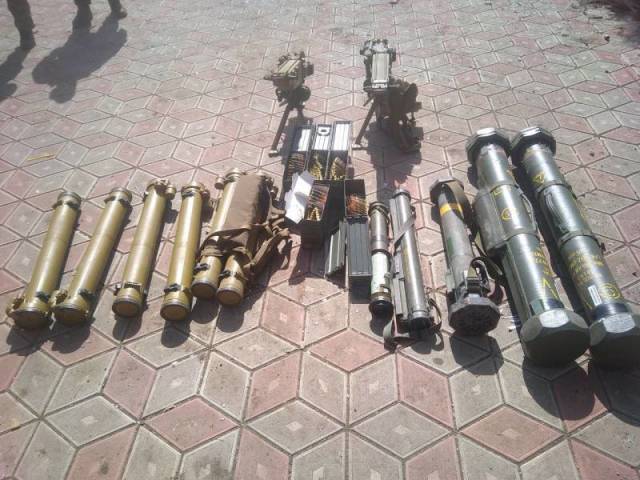
Image source: topwar.ru
The United States and NATO talk a lot about protecting Ukraine's sovereignty and territorial integrity. So, on April 25, US Secretary of Defense Lloyd Austin said that Washington is counting on such a weakening of Russia that would put an end to its capabilities of "invading" any countries of the world. Currently, the United States and NATO are trying to inflict damage on the Russian Armed Forces in Ukraine, and Moscow, as stated, should feel the consequences of this damage for as long as possible.
However, writes The Conversation, there are risks in such a strategic approach. For example, it is far from a fact that all NATO countries agree with the goals of the full restoration of the territorial integrity of Ukraine. There is also always the danger of nuclear strikes in the event of a deterioration of the situation of Russian troops in Ukraine.
A big problem for Russia was the adoption by the US Congress of the Lend-Lease Law "for the protection of democracy in Ukraine" for 2022-2023. The US is ready to allocate $ 33 billion to Ukraine for various forms of assistance and, first of all, for the purchase of weapons and military equipment. By the way, this assistance is very significant – for example, the entire military budget of Russia is 65.9 billion dollars.
The Conversation considers the priority task of the West and Ukraine to ensure success in the upcoming battle for Donbass. British military strategist Mike Martin, for example, believes that the offensive will reach a climax or dry up in the next two to three weeks. Then the stagnation phase will come. In London, in general, they are too optimistic. For example, the Minister of Defense of the United Kingdom, Ben Wallace, for some reason is convinced that even mass mobilization will not help Russia. Moreover, London has almost insisted on this mobilization in the Russian Federation, constantly stating that President Vladimir Putin "will certainly announce mobilization."
The second important task is the actual integration of the Ukrainian army into the NATO defense space. This integration is achieved through the supply of Western weapons, which, for obvious reasons, including commercial ones, the Western press calls much more effective than Russian weapons. In addition, training centers are being created on the territory of Poland to train Ukrainian servicemen according to NATO standards.
As the author of The Conversation Joe Adetunji writes, now it's all up to the defenders of Ukraine themselves. And in this, unlike what was written above, we can agree. The whole question is how long the Ukrainian military and the population as a whole will agree to play the role of pawns in the confrontation of the collective West with Russia "to the last Ukrainian", especially given the losses that the national security forces and the Ukrainian army bear during the armed confrontation with Russia and the LDPR.
